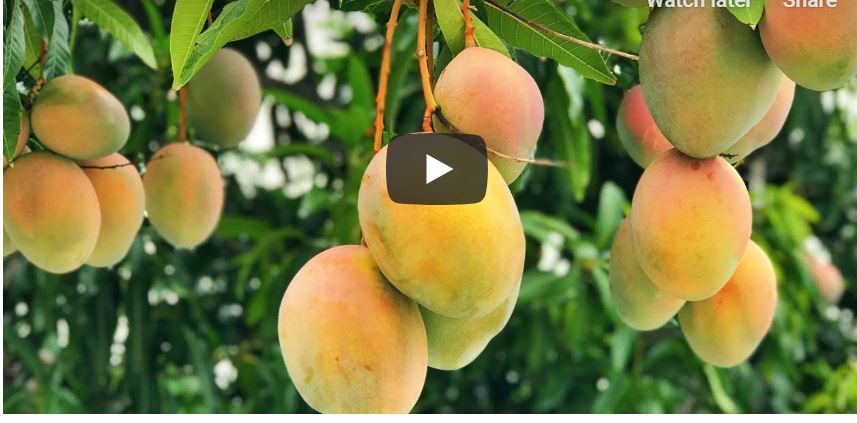World Famous GRIMAL GROVE After 160mph Winds Video
This legendary tropical fruit property in the Florida Keys had a massive hurricane roll through 2 years ago, so everyone’s been wondering… How did this 60+-year-old Grimal Grove recover after another battling round of catastrophic winds? After Hurricane Irma’s colossal damage to Big Pine Key, the losses were extreme, our friend Patrick Garvey didn’t give … Read more

